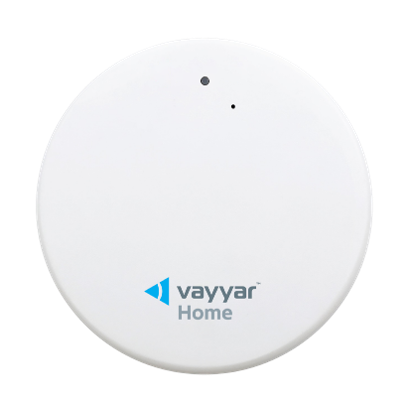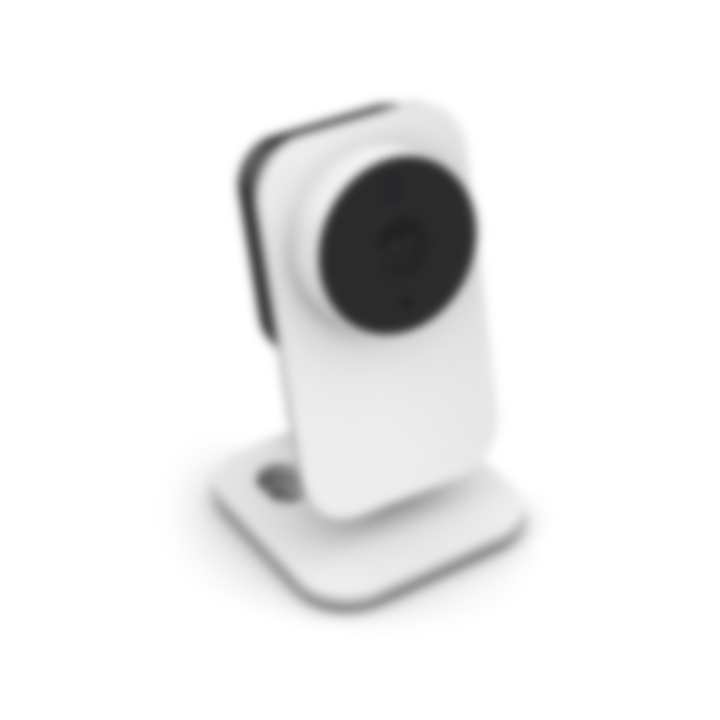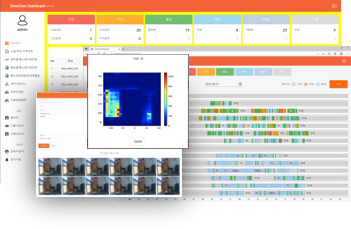
Concerned about repeated
'FALL'
accidents among the elderly?
'FALL'
accidents among the elderly?
Key Specifications
'Fall'
,'Wake-up'
, occupancy/absence, activity index detection
Key Specifications
※ Remote detection of 'fall' and 'occupancy'

Key Features
'Fall'
,'Wake-up'
,Presence/Absence
events
Key Features
※ Activity index: Emergency, Attention, Presence, Absence, Activity, Inactivity, and more
Customer requests order via internet/phone
Simple survey conducted over the phone
On-site visit required for some cases, prior to installation
※ For private homes or small facilities, on-site visits can be skipped
Accurate cost estimate and adjustment of installation date
Installation and demonstration on designated day
That's a great question.
According to tests conducted by Vayyar and BigHeb
Solutions, the sensor has a detection accuracy of
over 97%. There have been cases where the sensor failed to detect falls accurately due to
obstacles (such as fans or pets) nearby,
or if the person was too large or small, or under the influence of fluorescent lights. However, in
general,
the sensor can detect falls without any issues.
The basic detection range is 4m wide and 4m long. However, if installed on the ceiling, it can cover up to 5m wide and 4m long. Beyond this range, the accuracy may decrease, causing a decline in performance. A 4m by 4m area should be sufficient to cover most bedrooms or bathrooms.
1) First, when the sensor detects a fall, it observes the situation for about 45 seconds to determine
whether it's a genuine fall. During this time, the sensor's LED light flashes white.
2) If there's no significant movement during the 45 seconds, it considers the event a fall, and the LED
light flashes while an alarm sounds for about 1 minute.
3) If the fallen person gets up or another person approaches during this time, the LED flashing and alarm
will stop.
4) Alternatively, the LED flashing and alarm can be manually stopped by pressing the button on top of the
sensor.
The sensor needs time to adapt to a new area. This is called AI learning in our company. A minimum of 2
weeks of learning time is required.
Occasionally, the sensor may have difficulty learning on its own. In such cases, an administrator must
teach
the sensor certain patterns of data that are not human from the server.
This happens when users change in hospitals or facilities. If the user changes, please let the SirenCare
customer center know.
If you want to cover most of the living space, we usually recommend installing 3 sensors. We suggest installing one in the bedroom, one in the living room, and one in the bathroom.
If you install 3 sensors in the same space, we currently have a promotion offering a 10% discount.
No, it isn't.
It can also be installed on the
ceiling. We usually recommend installing it on the wall in a room and on the ceiling in a bathroom.
A WIFI router or internet connection within 10m is required. 1) If there is an internet connection more than 10m away, you will need additional work like 1.1) internet line construction, or 1.2) WIFI mesh configuration. 2) If there is no internet connection, you can use a U+ LTE router (₩5,000 per month).
No, it won't.
When SirenCare is installed, the bed is set as an exclusion zone for detection. Therefore, it won't detect
someone lying in bed as a fall.
When there are two or more people in the same space and one of them falls, it is assumed that the other person can help. So, the fall is detected, but the LED does not flash and the alarm sound is not played.
As shown in the video, the chest expands and contracts when breathing. This degree of change is measured by the radar to calculate the breathing rate. However, the sensor must be placed within 1 meter for more accurate measurement. The heart rate is measured in the same way.